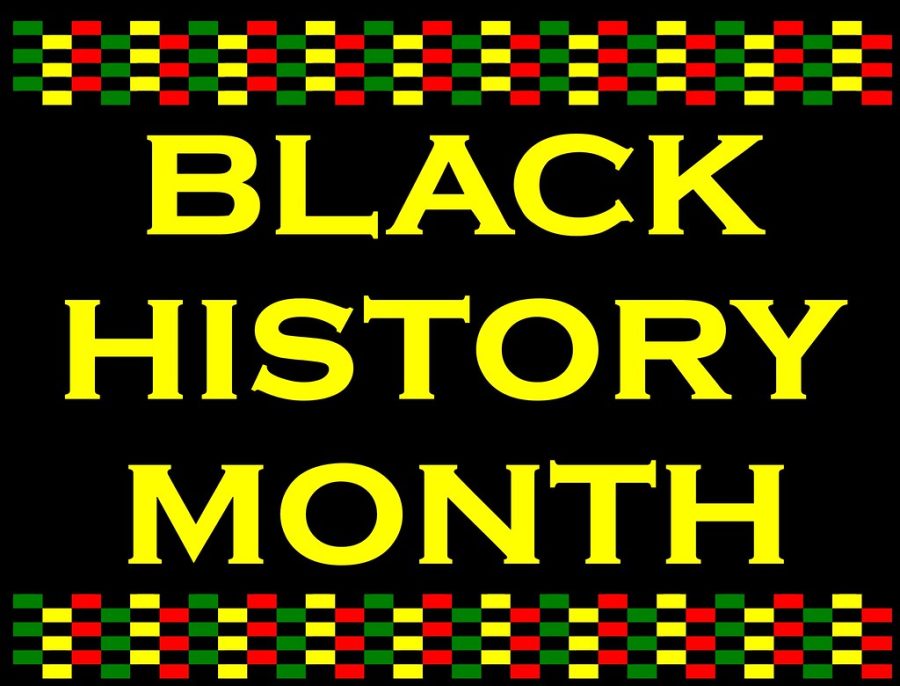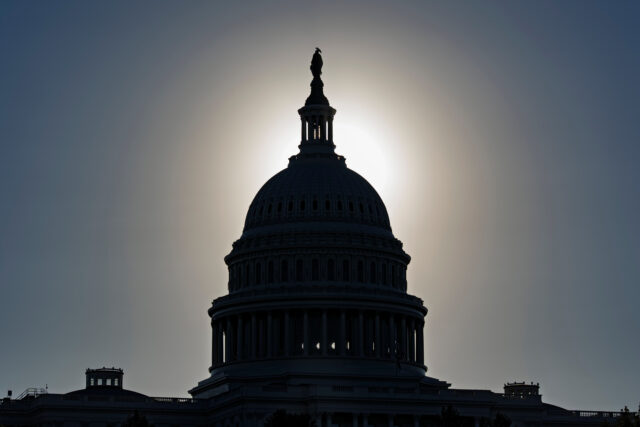The History of Black History Month
February 28, 2022
We all know what Black History Month is: it’s the time to celebrate the achievements of African American people, but it didn’t start out that way; it started out as a week that was dedicated to the African American people. It was called “Negro History Week.” Writer Carter G. Woodson wrote stories on Black activists, and told the African American people about Black culture, how they were living and what it was like to be an African American.
Black History Month began in 1915, only 50 years after slavery was abolished in the United States. Woodson and minister Jesse E. Moorland started the ADNLH, or the Association for the Study of Negro Life and History, which was an organization dedicated to researching and promoting achievements by African Americans.
This took place in the second week of February because it coincided with the birthdays of Abraham Lincoln and Frederick Douglass, an activist who became the leader in the abolitionist movement, which was a movement to end slavery. Years turned into decades following the founding of “Negro History Week” and a mayor or two began issuing yearly proclamations recognizing “Negro History Week” by the late 1960s. Part of that is thanks to the civil rights movement and the growing awareness of Black identity.
Soon “Negro History Week” became Black History Month and was celebrated in HBCU’s Historically Black College or University until then-President Gerald Ford officially recognized Black History Month in 1976. It has become a time to honor the legacy of African Americans across U.S history, and to celebrate those who are becoming legends.








